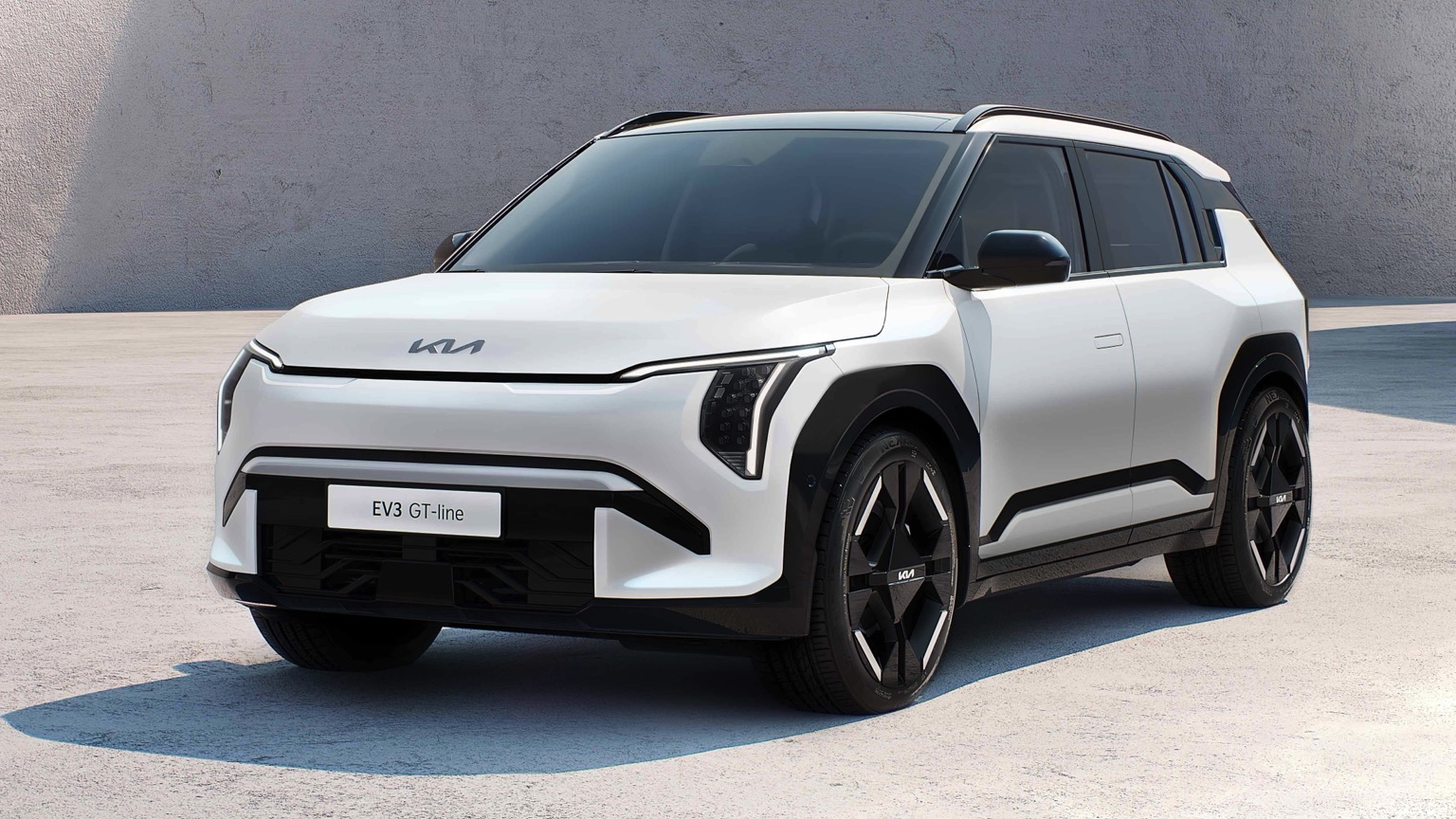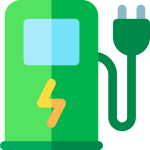
The electric vehicle transition in Australia has moved from niche to mainstream, and 2025 looks set to be a pivotal year. With increased model availability across price points, improved public fast‑charging networks and growing appetite from private buyers and fleets, Australians have more credible EV choices than ever before. From affordable urban crossovers and family SUVs to premium performance models and electric utes and vans, the next wave of launches will shape who wins the race for mainstream adoption.
This guide – written from the perspective of an Australian automotive journalist – outlines the most significant EVs confirmed or widely expected for Australia in 2025, explains why you might want to pre‑order now, and offers practical advice on preparing to make the switch.
The value vanguard: affordable EVs poised to disrupt the market
Mainstream uptake will be driven by competitive offerings under the $50,000 mark. A growing number of manufacturers – particularly from South Korea and China – are targeting this segment with vehicles that combine familiar nameplates, attractive pricing and useful real‑world range.
Kia EV3 (expected 2025)
- Why it matters: Kia is expanding its EV range downmarket with a compact SUV that borrows styling cues and technology from larger siblings. Early reports and global product positioning suggest long‑range variants will be a priority, making the EV3 an attractive option for families who need everyday practicality and longer trips without frequent charging.
- What Australian buyers should watch: RHD specification, final Australian pricing, available battery sizes and standard equipment for local variants.
Hyundai Inster (expected early 2025)
- Why it matters: Hyundai’s smallest dedicated EV aims to be an urban‑friendly, value‑focused model with a contemporary, boxy design and distinctive lighting. It will appeal to buyers looking for a compact footprint and modern interior tech.
- What Australian buyers should watch: confirmed range figures, local trim levels and whether a base model targets sub‑$40k pricing once on‑road costs are included.
Geely/Volvo/Polestar family – Geely EX5 (expected H1 2025)
- Why it matters: Geely’s own brands are increasingly active in Australia. The EX5 is aimed at buyers seeking a well‑equipped mid‑sized electric SUV at aggressive pricing, leveraging the group’s global platforms.
- What Australian buyers should watch: local warranty, dealer support and whether the model arrives with common fast‑charging protocols (CCS2).
Deepal S07 (confirmed for 2025)
- Why it matters: Deepal, Changan’s electric sub‑brand, is aiming to undercut incumbents with a feature‑rich mid‑sized SUV. Early Australian pricing announcements positioned it as strong value for buyers prioritising interior space and equipment.
- What Australian buyers should watch: final on‑road pricing, safety ratings and access to local servicing.
The performance and premium wave: tech and power meet luxury
Upmarket buyers are being courted by 800‑volt architectures, high‑performance powertrains and technology borrowed from motorsport and luxury divisions. These models will be as much about charging speed and software as they are about badge prestige.
Audi Q6 e‑tron (expected mid‑2025)
- Why it matters: Built on Audi’s Premium Platform Electric (PPE), the Q6 is pitched as a technologically advanced mid‑sized luxury SUV with rapid charging capability. For buyers who value build quality, premium connectivity and access to manufacturer ecosystem services, it’s a headline product.
- What Australian buyers should watch: local specification for battery size and motor outputs, and how Audi’s Australian dealer network handles software updates and over‑the‑air features.
Porsche Macan EV (expected early‑to‑mid‑2025)
- Why it matters: The Macan EV is set to be Porsche’s performance SUV benchmark in electric form. With sportscar dynamics, advanced chassis control and the potential for multiple power outputs, it will attract buyers prioritising driving engagement alongside EV benefits.
- What Australian buyers should watch: discrete Australian launch packages (including performance variants), expected wait times for high‑spec models, and available charging options for maximum range.
Volvo EX90 (expected 2025)
- Why it matters: Volvo is positioning the EX90 as a seven‑seat, safety‑led flagship with advanced driver assistance sensors and a strong emphasis on sustainable interiors. For families who want space, safety and a Scandinavian design statement, the EX90 will be compelling.
- What Australian buyers should watch: availability of LiDAR and advanced safety suites in Australian spec, and how Volvo supports over‑the‑air safety feature updates.
Mercedes‑Benz EQG (expected late‑2025)
- Why it matters: The EQG extends Mercedes’ electrification into iconic, high‑margin territory. Expect luxury appointments, off‑road capability retained in electric form, and technically interesting features such as individual‑wheel drive on higher variants.
- What Australian buyers should watch: price points and local demand versus allocation for limited early production runs.
The electrified workhorse: utes and commercial vehicles
Electrification in Australia is as relevant to tradies and small business operators as it is to suburban families. Utes and commercial vans will determine whether day‑to‑day operations can credibly run on battery power.
LDV e‑Terron (expected early 2025)
- Why it matters: LDV’s dual‑cab electric ute promises the payload, towing and utility features tradies expect, along with V2L (vehicle‑to‑load) capabilities and meaningful range. If it delivers on specification and durability, it will be a practical alternative for many commercial buyers.
- What Australian buyers should watch: long‑term fleet support, battery warranty terms under tough working conditions, and real‑world towing range.
Ford E‑Transit Custom (expected 2025)
- Why it matters: The E‑Transit Custom is aimed squarely at businesses and fleets that need versatility and low running costs. Ford’s local commercial vehicle footprint means potential strong support for integration into existing fleets.
- What Australian buyers should watch: payload and upfit options, availability of dedicated fleet finance deals, and depot charging solutions.
Why pre‑order now: practical reasons for locking in a place in the queue
Demand for new EV models in Australia still outpaces supply for many launches. Even where lead times have shortened compared with early pandemic years, the most desirable variants and launch editions typically have the longest waits. Consider these benefits to pre‑ordering:
- Skip the queue: Deposits often secure allocation early in the production schedule, cutting months off delivery time compared with walk‑in customers.
- Access launch editions and early‑bird packages: Manufacturers commonly offer limited launch packs or exclusive colours and features to pre‑order customers.
- Time to prepare: Pre‑ordering gives you a clear timeframe to plan home charging installation, evaluate workplace charging options and arrange finance or fleet transition plans.
- Lock in pricing and trade‑in options: In some cases, pre‑orders can protect you from short‑term price increases or give predictable delivery windows for trade‑in timing.
Top pre‑order picks for 2025 (what to consider first)
If you can only place one deposit this year, prioritise models that match your primary need
- Kia EV3: Best for families after a compact SUV with impressive range potential and attractive pricing for its segment.
- A value mid‑sizer (examples from BYD/Geely family): For buyers seeking maximum equipment and space for the dollar in a mid‑sized package.
- Audi Q6 e‑tron or comparable PPE‑based luxury SUV: For buyers prioritising ultra‑rapid charging, premium appointments and cutting‑edge software and battery tech.
Practical considerations before you pre‑order
- Deposit and cancellation: Read the fine print. Deposit amounts, refundability and timing of final payments vary by manufacturer and dealer.
- Charging infrastructure: Check local public fast‑charger availability (Chargefox, EVIE and dealer networks are expanding) and organise home charger installation with a certified electrician early.
- Tow rating and payload: For ute buyers, verify real‑world towing range and payload limits under local conditions.
- Warranty and service: Compare battery warranties, roadside assistance and dealer service capability – particularly for newer brands entering Australia.
- Incentives and taxes: Some Australian states continue to offer registration discounts, stamp duty concessions or other incentives; these change often and can affect the total cost of ownership.
Australian market context: what’s changed and what to expect
- Charging networks: Investment in fast charging has accelerated, with more CCS2 ultra‑rapid chargers on major corridors and better interoperability. Expect continued rollout through 2025.
- Software and OTA: Over‑the‑air updates are becoming a standard expectation, and manufacturers are differentiating on subscription services and in‑car ecosystem features.
- Fleet electrification: More fleet operators are committing to EVs for urban delivery, utilities and local government, accelerating availability of commercial EVs and depot solutions.
- Residual values: As supply diversifies and more mainstream models arrive, residual values for early, rare EVs may stabilise, but long‑term values will still be influenced by battery warranties and software support.
Conclusion
2025 promises to be a landmark year in Australia’s EV transition. The market will offer a broader range of choices across price brackets and vehicle types than ever before, from compact urban EVs to premium performance SUVs and practical electric utes and vans. For buyers and fleets, the decision to pre‑order should be guided by real needs – range, payload, charging access and total cost of ownership – and a clear understanding of deposit terms and delivery expectations.
If you want to be among the first to trial the newest technology, secure launch‑edition options, or simply ensure you receive one of the early production allocations, now is a sensible time to research, visit local dealers and place a pre‑order. At the same time, use the ordering window to prepare your home infrastructure, compare warranty terms and confirm servicing arrangements to make your switch to electric as smooth as possible.
FAQs
How long are typical wait times if I pre‑order an EV in Australia?
Wait times vary by model, trim and manufacturer allocation; popular launch editions can attract waits of several months to a year. Pre‑ordering typically improves your position in the allocation queue, but always confirm estimated delivery windows with your dealer and ask about escalation policies.
Are pre‑order deposits refundable?
That depends on the manufacturer and dealer contract. Some deposits are refundable up to a point, others convert to a non‑refundable reservation fee. Read the terms carefully, and consider seeking written clarification on refund conditions before paying.
Will new EV launches be covered by Australian warranties and dealer support?
Most global manufacturers offer local warranties and dealer networks for models shipped to Australia, but the depth of local support varies between established and newer brands. Check battery warranties, roadside assistance inclusions and the presence of a national dealer network before committing.
What charging standard should I expect for 2025 EVs in Australia?
Most new EVs sold in Australia use CCS2 for DC fast charging and Type 2 (Mennekes) for AC home/workplace charging. Tesla Superchargers remain on the proprietary Tesla network, though Tesla’s Australia rollout of CCS‑compatible stalls and roaming arrangements has progressed. Confirm charging compatibility with your chosen model.
How should tradies assess electric utes for real‑world work use?
Evaluate payload, towing capacity, duty‑cycle battery degradation risk and availability of V2L or 240V export features. Ask for real‑world towing tests from fleets or independent testers and check manufacturer guidance on towable range and service plans for commercial use.
Are there state or federal incentives for buying an EV in Australia in 2025?
Incentives in Australia vary by state and territory and are subject to change. Some states have registration discounts, stamp duty exemptions or business incentives; federal incentives are less common. Check with your state transport authority and speak to your dealer for current, location‑specific information.
About EV Evolution
EV Evolution is the leading online platform dedicated to Australian electric vehicle owners and enthusiasts. We foster a vibrant community, delivering essential EV news and insights, and enhancing user engagement through our innovative, AI-powered chatbot for dynamic discussions. Our mission is to empower Australian electric vehicle owners and enthusiasts by fostering a vibrant, AI-driven online community that connects, informs, and advances the nation’s electric vehicle landscape.




